Mechanical System Analysis: Stress, Strain, and Deflection
VerifiedAdded on 2023/01/10
|8
|578
|76
Homework Assignment
AI Summary
This document presents a comprehensive solution to a mechanical system analysis assignment, covering various aspects of mechanical engineering principles. The assignment begins with the calculation of stress and strain in a mechanical system, including the determination of area, stress values, and strain using Young's modulus. It then proceeds to calculate shear stress and the angle of deflection, applying relevant formulas and constants. Furthermore, the assignment addresses the factor of safety, evaluating both tension and shear stresses to determine potential failure points. The solution includes detailed calculations and explanations, providing a clear understanding of the concepts involved. The document concludes with a list of references used in the assignment, supporting the calculations and analysis presented. This assignment is a valuable resource for students studying mechanical engineering, offering a step-by-step guide to solving related problems.
1 out of 8
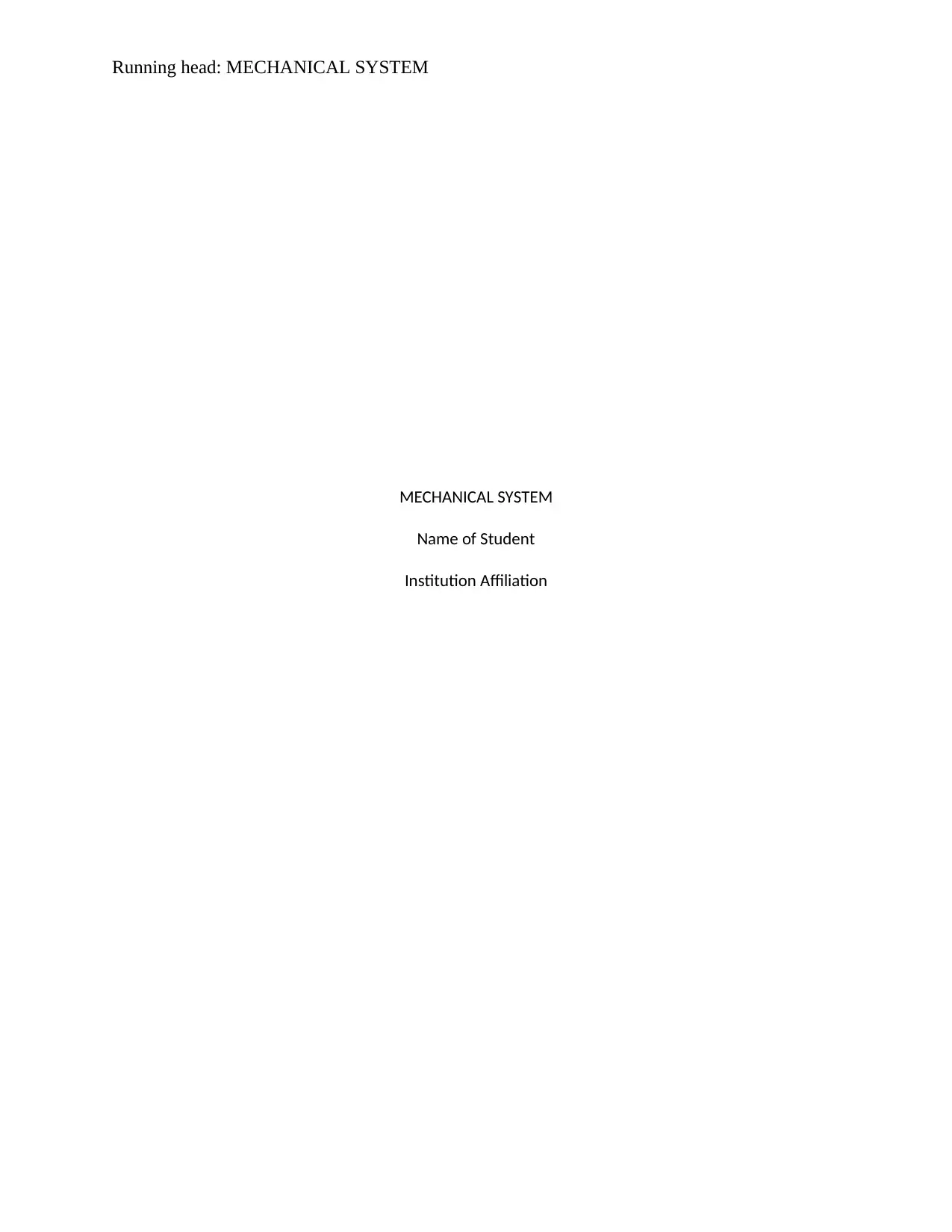
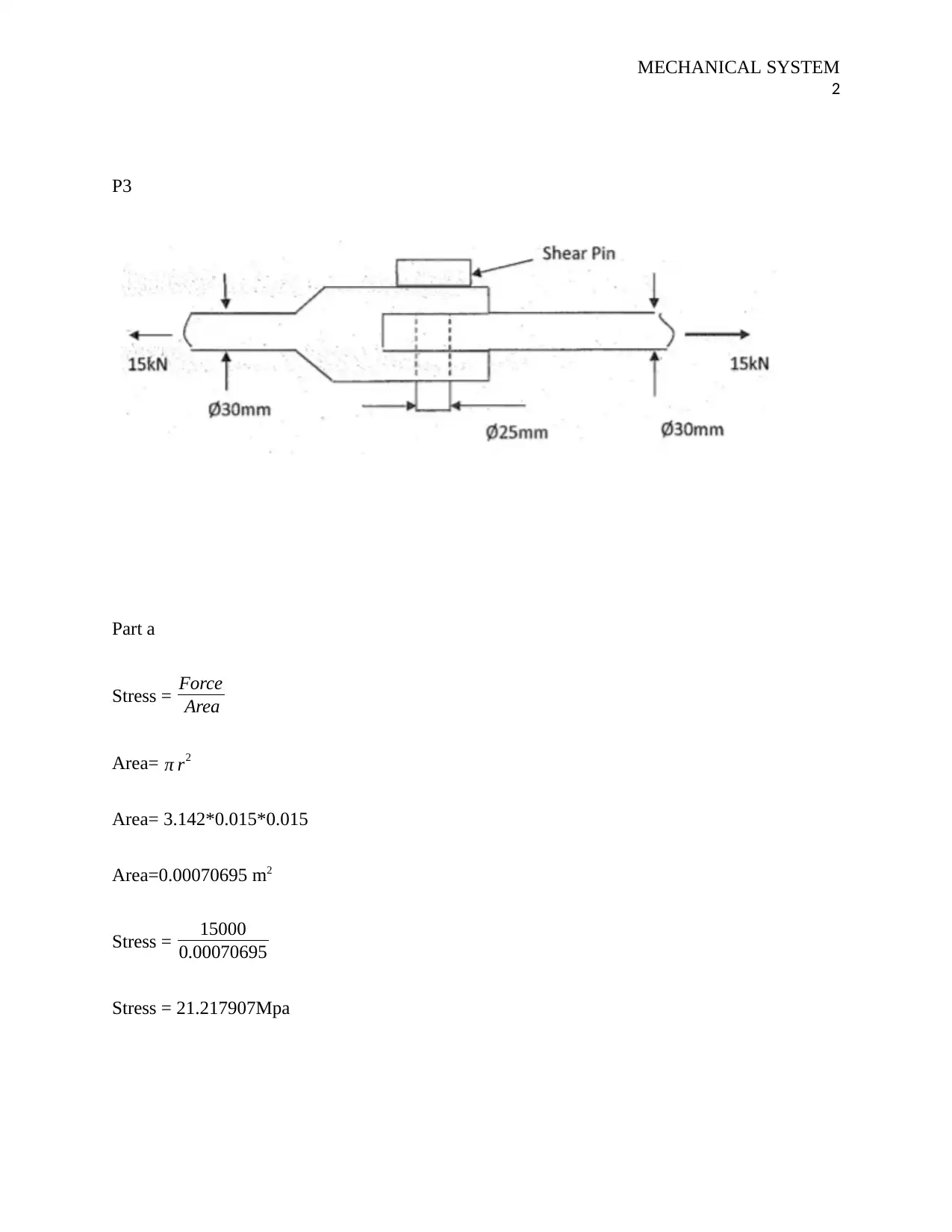
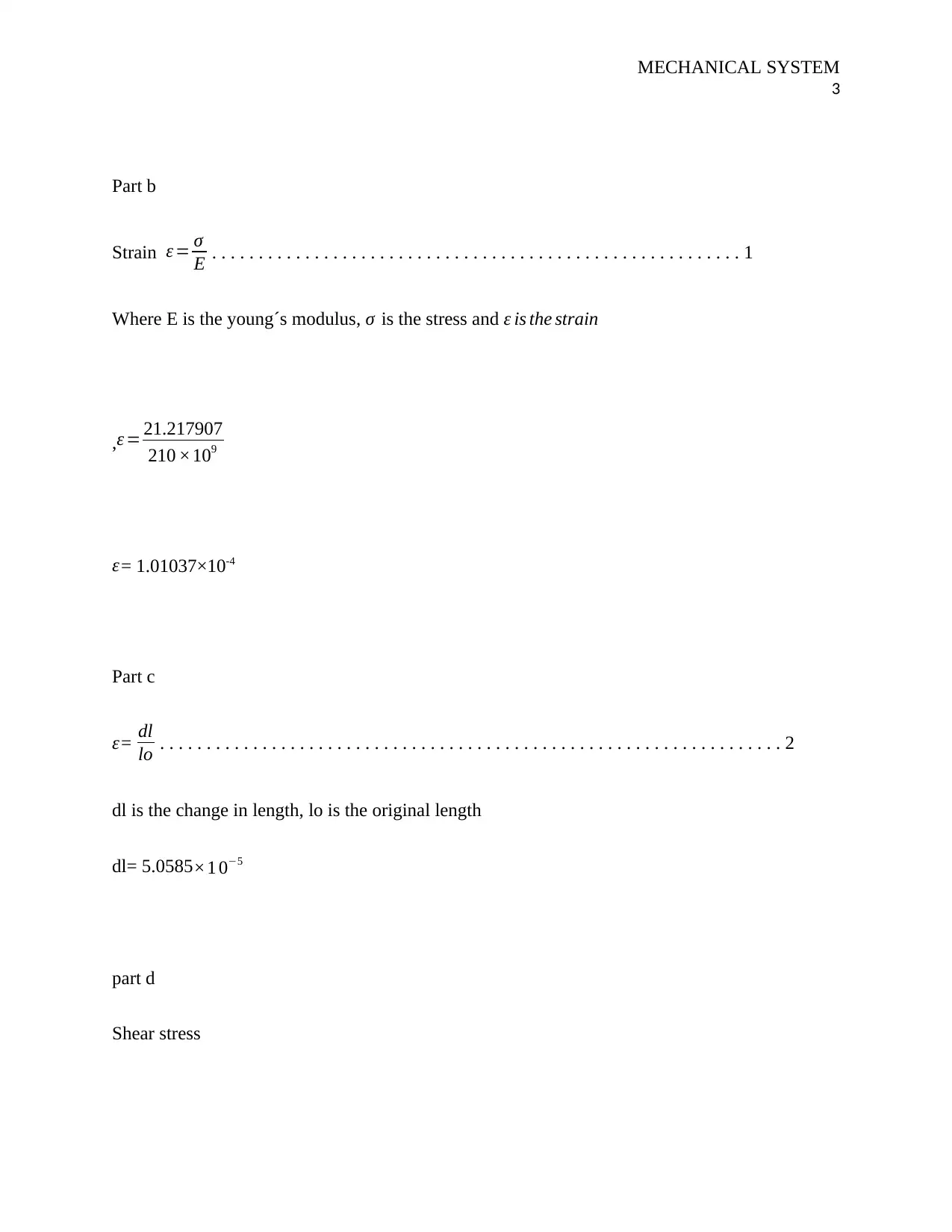

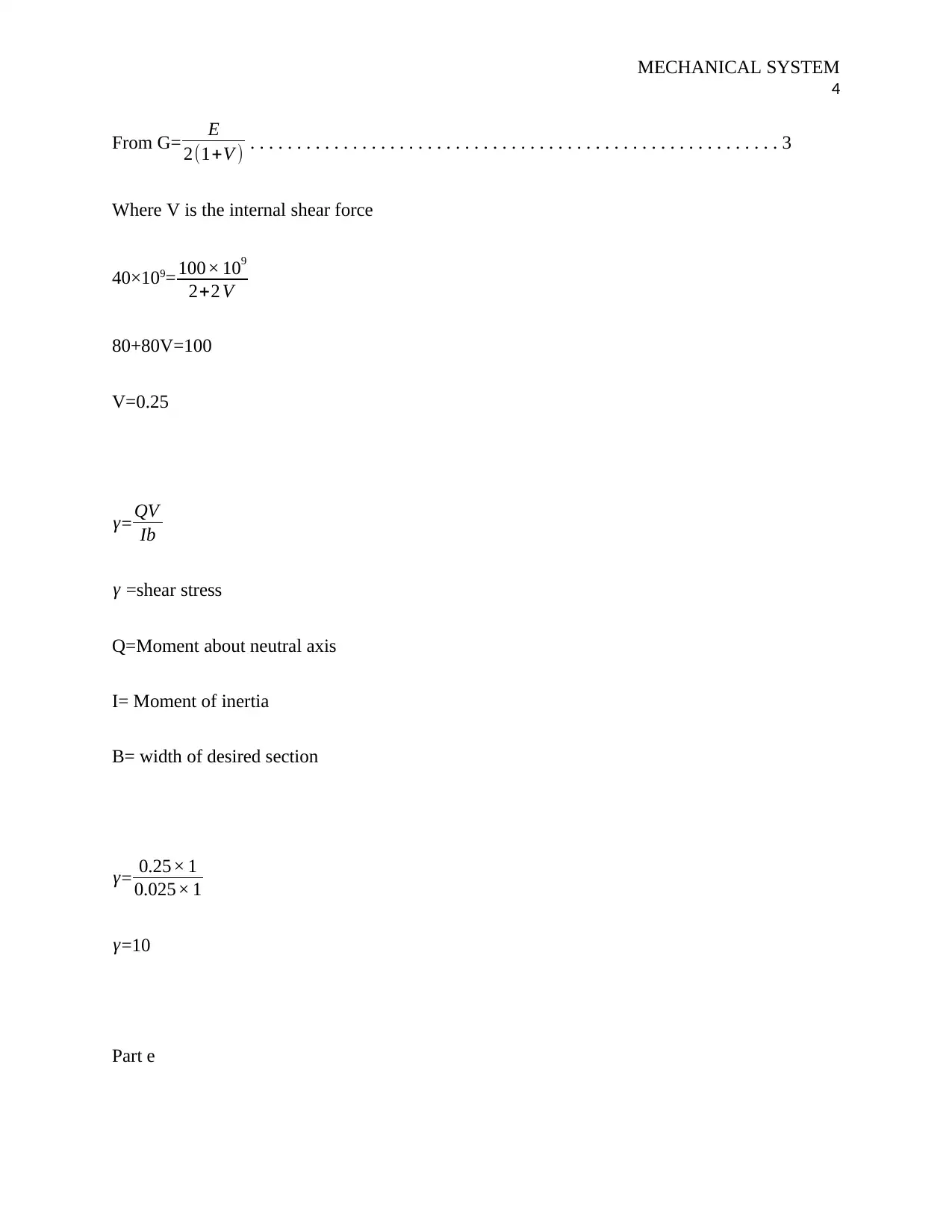
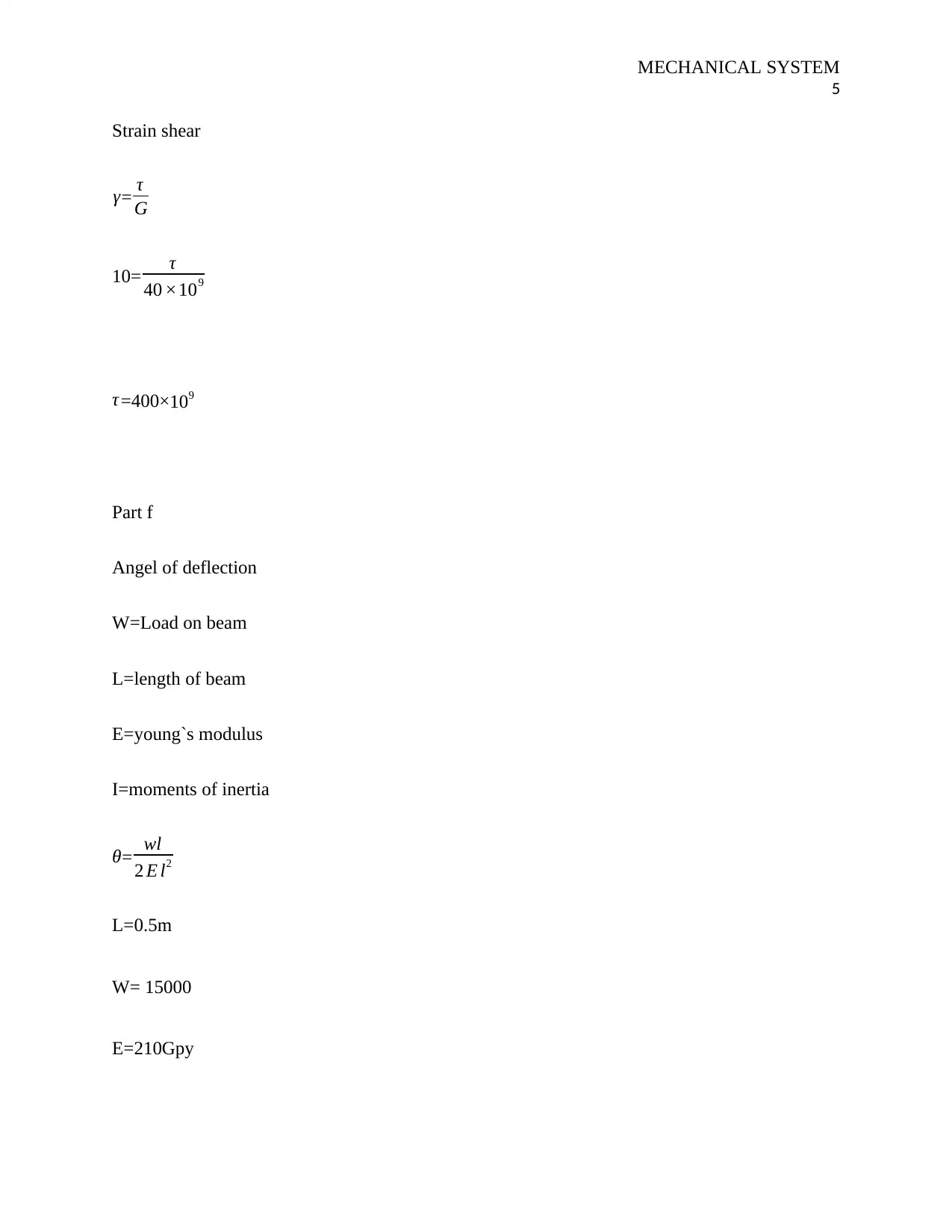
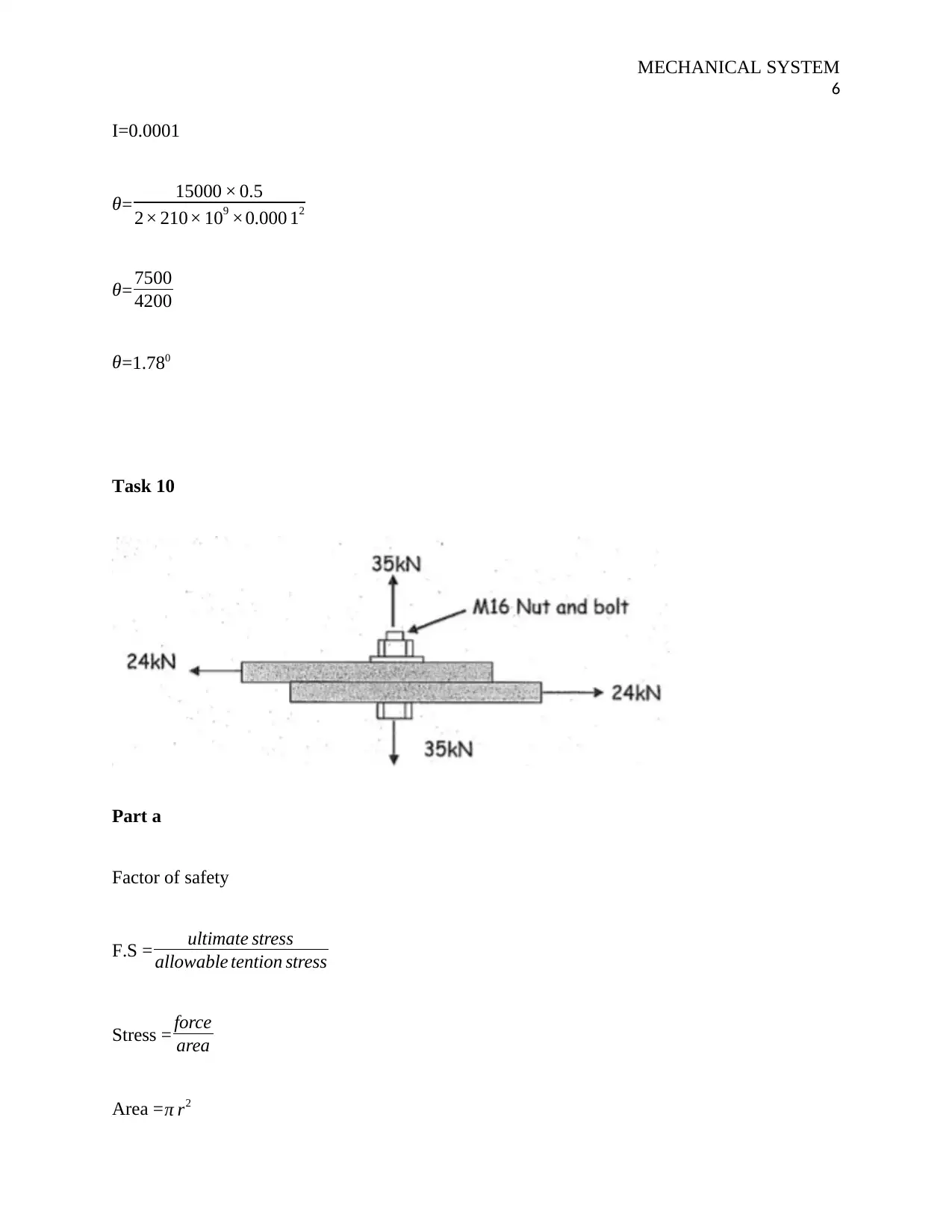
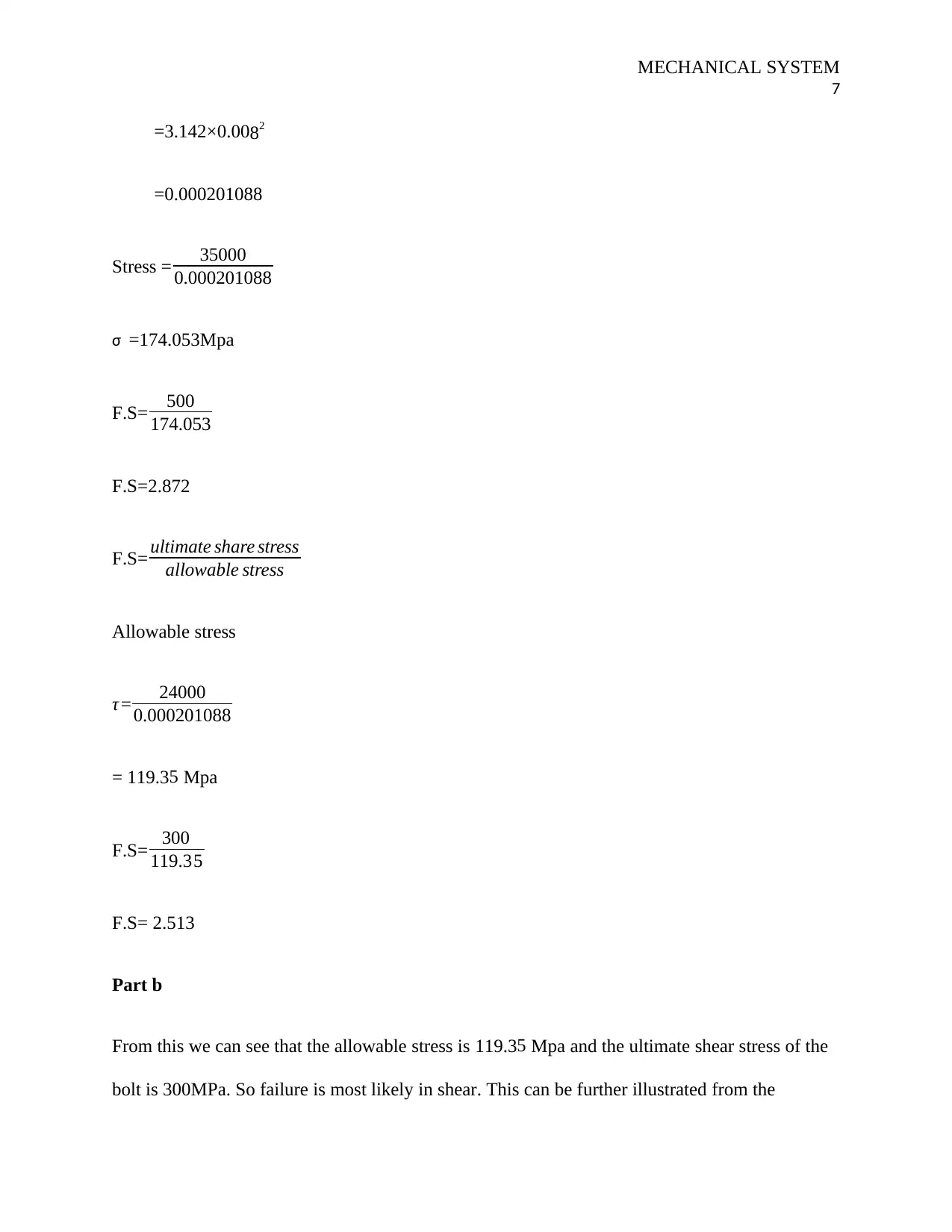
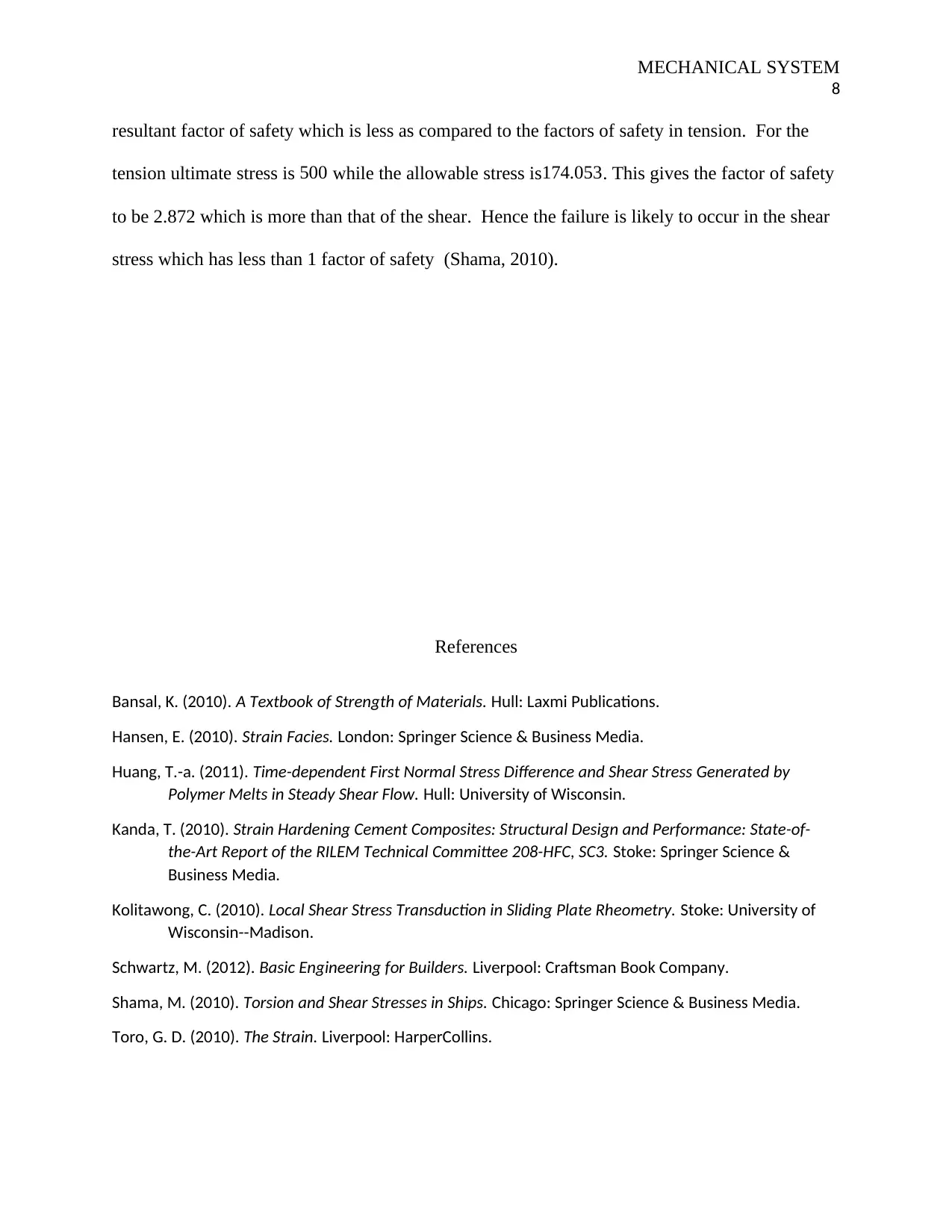
![[object Object]](/_next/static/media/star-bottom.7253800d.svg)